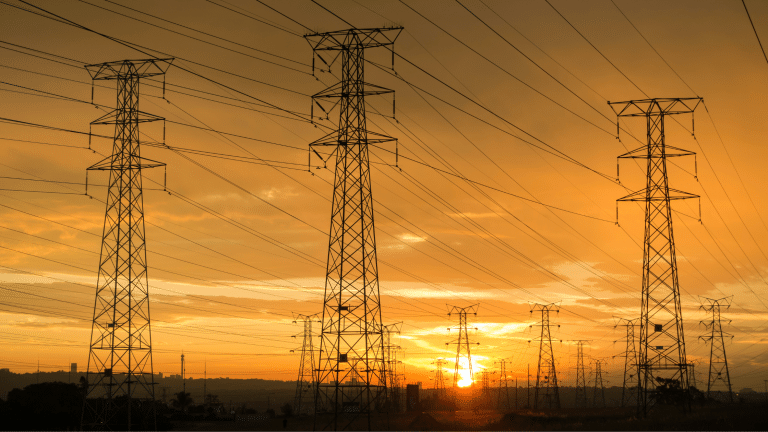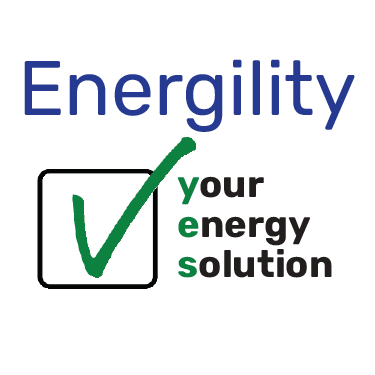Exploring the Benefits and Challenges with Community Aggregation Programs in Ohio

Successes of Community Aggregation Programs
Competitive Pricing: Aggregation programs have consistently delivered lower energy prices compared to default utility rates, providing substantial savings to participants. In Columbus, for instance, residential customers enjoyed an average savings of 20% on electricity rates since the program’s inception. In order to keep their rate at or below the rate to compare, NOPEC switched back consumers in the Cleveland area when the default electric utility’s rate was lower, we will discuss more on this in a minute.
Renewable Energy Adoption: Community aggregation initiatives enable communities to prioritize renewable energy sources. Cleveland’s aggregation program achieved significant success in promoting renewable energy by providing customers with an option to select a “100% Green” plan, resulting in a substantial increase in renewable energy usage.
Local Economic Development: Aggregation programs often prioritize supporting local economies by partnering with local suppliers, investing in energy efficiency programs, and some even provide grants for community projects. Both Columbus and Cleveland have utilized their programs to fund local clean energy projects, resulting in job creation and economic growth. Clean Energy Columbus goal is to provide 100% Ohio-based renewable energy which is good for both the planet and the local economy. (Clean Energy Columbus – 100% Renewable Program)
Challenges for Community Aggregation Program
Education: Columbus and Cleveland implemented robust public outreach campaigns to educate customers about the benefits of aggregation and clarify the opt-out process. But even today, several years after the start of the Clean Energy Columbus program, many of our friends have no idea what the program is or if they are part of it. In looking at the website for Clean Energy Columbus, one item stuck out to me: language inconsistency. For example, using both clean energy and renewable energy interchangeably is confusing because renewable energy is part of clean energy but not all clean energy is renewable. One is referring to the source of the energy and one is describing the emissions produced by electric generation.
- “Renewable energy is energy derived from natural sources that are replenished at a higher rate than they are consumed. Sunlight and wind, for example, are such sources that are constantly being replenished”. This refers to the technology used to generate electricity. (U.N – What is Renewable Energy)
- Clean energy can include “solar, wind, water, geothermal, bioenergy & nuclear” and describes the energy source based on its emissions. (Department of Energy – Clean Energy)
While community aggregation offer the benefits of energy cost savings and renewable energy options, some residents do not fully understand the programs or their options.
Contract Management: Effective management of energy supply contracts is crucial for program success. In the case of NOPEC, challenges arose when near term market pricing rose substantially leading to higher rates for consumer this began a process (highlighted in the benefits section above) where consumers were returned to their default electric utility which at the time had more favorable pricing. This led to contractual changes and the unenrollment from their program of 550,000 consumers in the Cleveland area in 2022 (What is NOPEC doing with our electric bills and how did we get here?). The consumers would then be expected to “opt-in” when more favorable pricing would be provided by NOPEC in mid-2023. Such an abrupt change of course created confusion for many of the participants; however, this does not mean community aggregation programs are not a good choice, but contract details and electric markets are something to be aware of. “NOPEC estimates that it saved customers more than $300 million before 2019” (What is NOPEC doing with our electric bills and how did we get here?). Those are real savings for real people.
Communication: Communicating what is going on with a program also seems to be a challenge. This could be related to education and also the fact that many people do not follow energy markets or understand the nuances that are included in long-term electric contracts. However, not clearly communicating can lead to frustration and people choosing to opt out of a beneficial program. An example of this is Clean Energy Columbus’ promise of 100% Ohio generated renewable electricity in the first few years of the program, which was adopted in 2020. There is not an update on the website as to where they are in the process currently. From the recent article in the Columbus Dispatch Columbus Electric Aggregation Program Not So Green, and Costs More Than Many Ohio Cities states “supply-chain disruptions, tariff actions, interconnection delays, permitting problems and inflated costs” as being the reason for the delay. This is where the city website could be forthcoming with the information to the consumers about this aspect of the program. People can and will understand many of these issues as they are impacting many of them currently.
On the whole, community aggregation programs are beneficial in reducing energy costs, increasing renewable energy generation, and supporting local economies. Continuing to improve the content and frequency of communication could go a long way in having more people educated about how they benefit from these programs.
If you have any questions, please feel free to reach out to Energility.
Email info@energility.com
Sign up for Energility Tips

